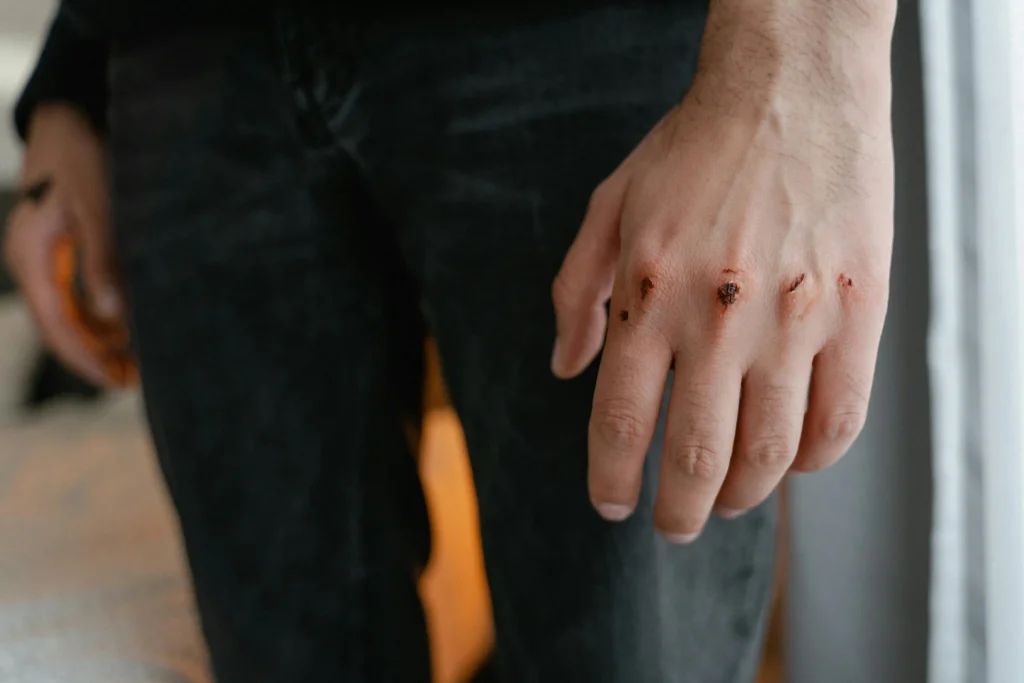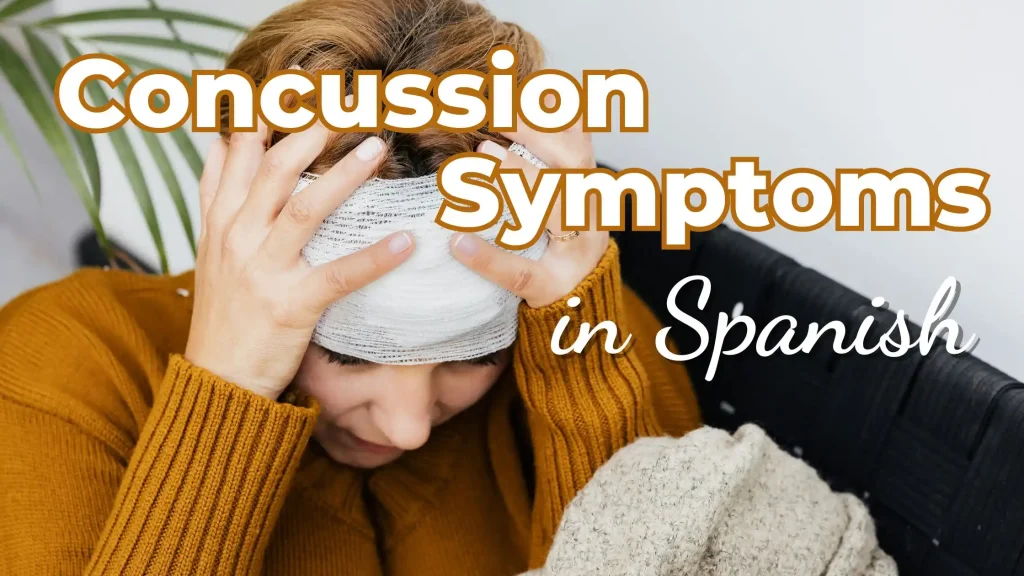In Spanish, the verb estar is commonly used to describe temporary conditions or states, including those affecting body parts. When talking about injuries or pain, estar helps to communicate the current state of something. Understanding how to use estar with conditions, particularly when describing masculine and feminine nouns and both singular and plural forms, is essential to convey these ideas correctly.
Why Use Estar for Conditions?
Estar is used for conditions that are temporary or can change, such as health, emotions, or physical states. When describing a condition of a body part, estar is the preferred verb because it conveys that the condition is not permanent and may improve or change over time.
For example:
- La mano está quemada.
(“The hand is burned.”)
Here, estar shows that the burn is a temporary condition.
Singular and Plural Conditions
Whether the body part is singular or plural, estar should agree with the singular or plural form of the noun.
- Singular, Feminine
- La pierna está herida.
(“The leg is injured.”) - La rodilla está inflamada.
(“The knee is swollen.”) - La mano está hinchada.
(“The hand is swollen.”)
- La pierna está herida.
- Singular, Masculine
- El pie está adolorido.
(“The foot is sore.”) - El brazo está fracturado.
(“The arm is fractured.”) - El dedo está cortado.
(“The finger is cut.”)
- El pie está adolorido.
- Plural, Feminine
- Las manos están secas.
(“The hands are dry.”) - Las piernas están cansadas.
(“The legs are tired.”) - Las rodillas están dobladas.
(“The knees are bent.”)
- Las manos están secas.
- Plural, Masculine
- Los pies están hinchados.
(“The feet are swollen.”) - Los brazos están adoloridos.
(“The arms are sore.”) - Los ojos están rojos.
(“The eyes are red.”)
- Los pies están hinchados.
Using Estar with Conditions in Everyday Sentences
Here are more practical examples of using estar to describe conditions of body parts:
- Tus manos están frías.
(“Your hands are cold.”) - Mis ojos están cansados después de leer tanto.
(“My eyes are tired after so much reading.”) - Su tobillo está hinchado por la caída.
(“His/her ankle is swollen from the fall.”)
When talking about temporary conditions of body parts in Spanish:
- Use estar to indicate the current state of a body part, as it implies that the condition may change.
- Ensure the adjective agrees with the gender (masculine or feminine) and number (singular or plural) of the body part.





